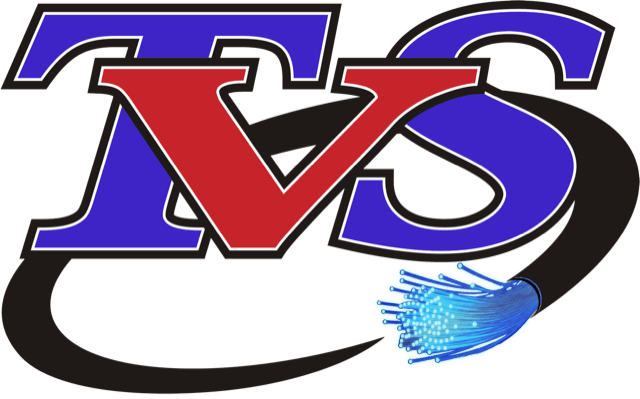TG Broadband
What is Thacker-Grigsby Broadband?
Why Thacker-Grigsby Broadband?
Thacker-Grigsby uses Fiber to the Home (FTTH) to provide Broadband to our customers.
FTTH is an advanced technology that uses fiber optic cable to transmit data, video, and voice at a very high speed and in large volume. Fiber has a higher bandwidth capacity and can easily transmit all three services with plenty of capacity left over for advance applications in the future. Technology experts agree that fiber will continue to be the most capable and secure system for delivering communications to homes and businesses.
Search for Pricing
Select a county to view pricing for your area.
© Copyright 2025 Thacker-Grigsby Telephone Company, Inc., All rights reserved.
Web Design by eLink Design, Inc., a Kentucky Web Design company

